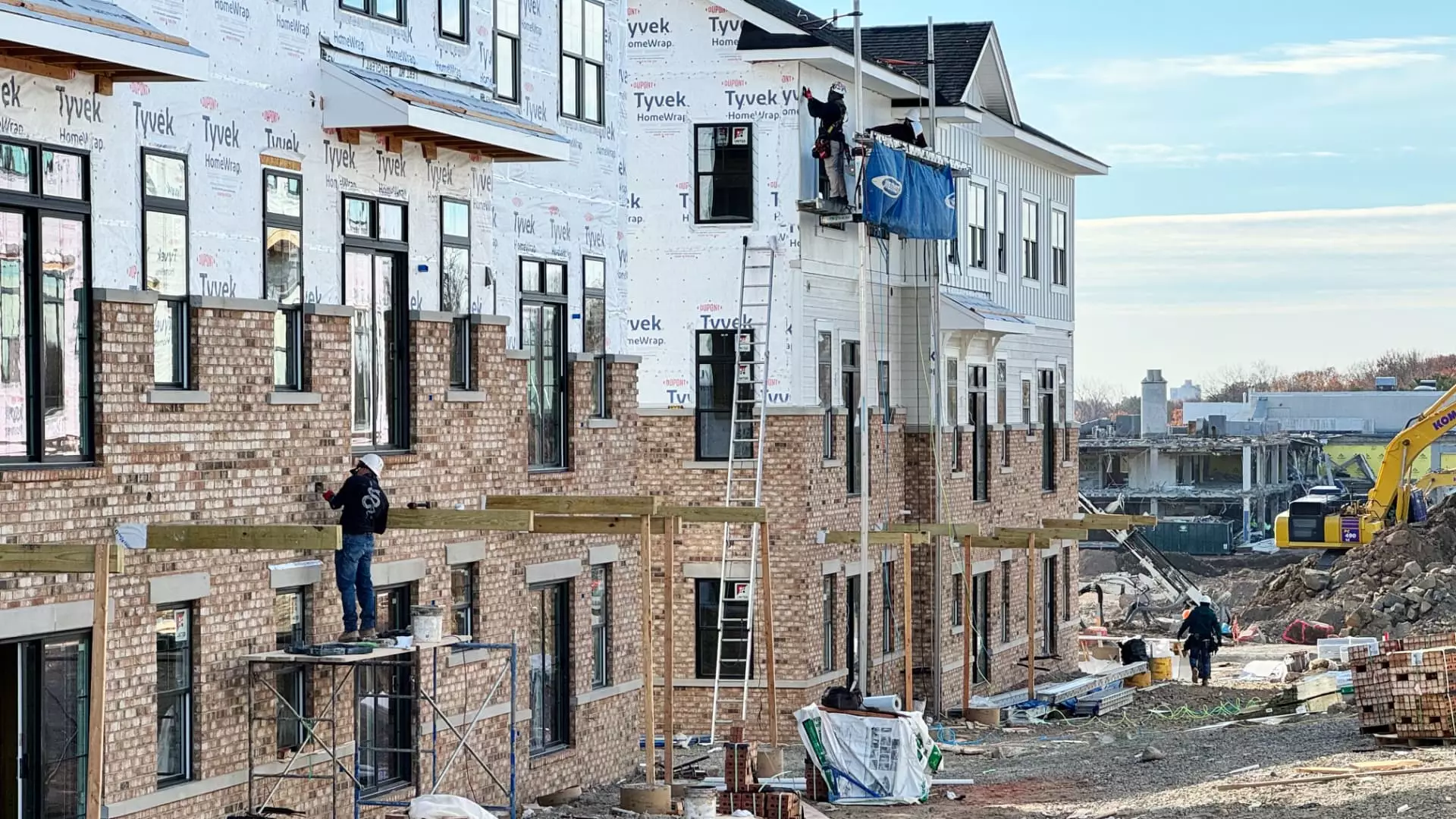The recent strides towards stabilizing inflation are fraught with complexities, particularly in the housing sector. For President-elect Donald Trump, addressing housing costs is not merely a side issue; it is pivotal in the broader strategy to rein in inflation. With housing accounting for a significant segment of the Consumer Price Index (CPI) – roughly one-third – it serves as a crucial area where federal policy can potentially exert influence, albeit with limitations. This article examines the current state of housing-related inflation and its implications for future economic policies under Trump’s leadership.
The mixed signals from the November CPI report reveal a fragile landscape for housing inflation. On one hand, it marks the smallest year-over-year increase in shelter costs since February 2022, an indicator that some dynamics in the housing market may be shifting. However, the upturn persists; recent statistics reflect a stubborn annual increase of 4.7%. Unless housing inflation continues to moderate, the overarching goal of achieving a consistent 2% inflation rate set by the Federal Reserve will remain elusive.
Interestingly, while housing typically contributes around 40% of monthly inflation metrics—outpacing even food costs—its trajectory is currently marked by an inconsistent decline. According to real estate data, housing supply remains about 17% lower than pre-COVID levels, creating a persistent mismatch with demand that was exacerbated by the pandemic. As noted by economist Lisa Sturtevant, there is hope that rent growth will decelerate; yet, the time it is taking for this adjustment raises questions about the effectiveness of current federal policies.
High-interest rates are at the core of the housing affordability crisis, influencing everything from mortgage rates to rental prices. Despite the Federal Reserve’s efforts to lower its benchmark borrowing rate, the reality is that the average 30-year mortgage rate has not responded positively and has instead climbed, contributing to the pressure on housing costs. This conundrum poses a challenge not only for potential home buyers but also for President Trump, whose economic policies may exacerbate inflationary pressures.
The President-elect’s focus on deregulation and easing barriers for homebuilders might seem like a logical avenue to increase housing supply. However, this approach raises additional concerns about whether the government can enact effective short-term fixes to this deeply entrenched issue. With construction costs and interest rates continuing to rise, there is skepticism regarding whether policies can be developed swiftly enough to catalyze a meaningful decrease in shelter costs.
Opinions among economists underline a cautiously optimistic view mixed with a realistic assessment of the challenges ahead. Industry professionals such as Stephen Juneau from Bank of America suggest that rents might be returning to a level that aligns with 2% inflation, potentially signaling a gradual normalization within the housing market. However, others like Robert Frick from Navy Federal Credit Union emphasize that slow increases in shelter expenses remain the leading driver of inflation, a situation that remains a critical concern for policymakers.
The intricacies embedded in housing-related inflation could translate into major challenges for Trump’s administration. Commentators suggest Trump’s prior initiatives—tax breaks and tariffs—could inadvertently exacerbate inflation, contradicting efforts aimed at restoring stability. Furthermore, it is important to note that without a strategic and thoughtful approach towards improving housing supply, the upward pressure on rental costs may persist, negating any progress made towards the Federal Reserve’s inflation goals.
While certain indicators suggest a potential easing of housing costs, significant barriers remain. President-elect Trump’s administration will need to navigate this complex landscape delicately. Housing inflation is not a standalone issue; rather, it is entwined with broader economic factors that necessitate comprehensive policy responses. As the administration formulates economic strategies, addressing housing costs and their impact on inflation will be crucial for fostering a robust economic recovery, as failing to do so can yield consequences that ripple through the economy. The coming months will undoubtedly test the administration’s ability to balance these competing pressures, shaping both housing markets and inflation outcomes for the foreseeable future.

